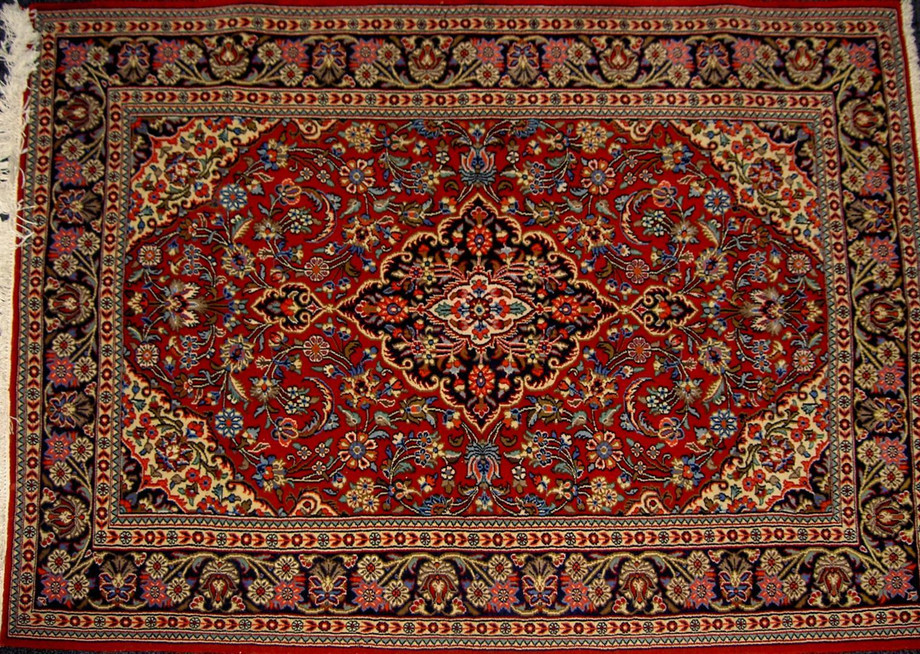Antique rugs are timeless treasures that not only adorn our living spaces but also carry the rich tapestry of history, culture, and craftsmanship. These rugs, often passed down through generations, can be faded and worn by the passage of time. Restoring antique rugs is an art in itself, preserving the intricate designs and stories woven into their fibers. In this article, we will explore the fascinating world of antique rug restoration and the meticulous process that breathes new life into these heirlooms.
Understanding the Value of Antique Rugs
Antique rugs hold both monetary and sentimental value. Their age and rarity make them coveted collectors' items, and their craftsmanship and unique designs set them apart from modern mass-produced rugs. However, the true value of an antique rug often transcends mere price tags. These rugs are a connection to the past, carrying the spirit and stories of their creators, whether they come from Persian, Turkish, or other origins.
The Restoration Process
Antique rug restoration is a delicate and painstaking process that requires a blend of craftsmanship, artistry, and historical knowledge. Here's an overview of the steps involved:
Assessment: The restoration process begins with a thorough assessment of the rug's condition. The restorer carefully inspects the rug, noting any areas of damage, wear, or fading. This evaluation helps determine the extent of the restoration needed and the materials required.
Cleaning: Over the years, antique rugs can accumulate dust, dirt, and stains that obscure their true beauty. Cleaning is a crucial step in the restoration process. Professional rug restorers use specialized techniques and gentle cleaning agents to remove impurities without harming the delicate fibers.
Repairing Holes and Tears: Many antique rugs have holes or tears that need to be repaired. Skilled artisans use matching threads and weaving techniques to mend these damaged areas. The goal is to seamlessly blend the repaired sections with the original design.
Replacing Fringes: Fringes are often the first parts of a rug to show signs of wear and tear. They are replaced with new fringes that match the style and color of the rug. This enhances the rug's overall appearance and ensures its longevity.
Re-Dyeing: Antique rugs may have faded over time due to exposure to sunlight and other environmental factors. Restorers may need to re-dye the rug's colors to restore their vibrancy while staying true to the original color scheme.
Reweaving: If a significant portion of the rug is damaged or missing, restorers must reweave those sections to recreate the original design. This is one of the most intricate and time-consuming aspects of the restoration process, requiring great skill and patience.
Blocking and Stretching: To ensure the rug retains its original shape, it is blocked and stretched. This step helps eliminate wrinkles and deformities, allowing the rug to lie flat and look its best.
Preserving Historical Significance
Throughout the restoration process, rug restorers pay careful attention to preserving the historical significance of the piece. They work with the rug's original patterns and materials to maintain its authenticity. Additionally, they document any marks or signs of age, as these can enhance the rug's provenance and value.
The Artistry of Antique Rug Restoration
Antique rug restoration is not just a technical process; it's an art form. Skilled artisans who undertake this work must have a deep understanding of the rug's origin, the history of the techniques used, and the cultural significance of the designs. The restoration process is a collaborative effort between the restorer and the rug itself. The restorer must respect and honor the work of the original weaver while carefully mending and enhancing the rug's beauty.
Preserving for Future Generations
Restoring antique rugs is an act of preservation for future generations. These rugs are not just pieces of art; they are windows into history and culture. By restoring them, we ensure that their stories continue to be told and appreciated by generations to come.
For More Info:-






Comments